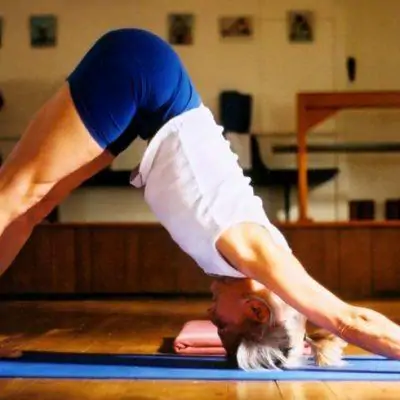Introduction
This is a standalone sequence that can be adapted to suit students of practically any level. After a brief standing-pose-based warm-up, we’ll focus on foundation seated poses and forward bends.
Seated poses are great for improving flexibility in the hamstrings and strengthening the spine. This is why seated sequences can have such a noticeable effect on our practice in general. Everything in yoga is interconnected so it’s important to return to certain pose types after more or less regular intervals: this way we can ensure that all our muscles and joints remain equally mobile and flexible and our practice remains smooth.
View sequence
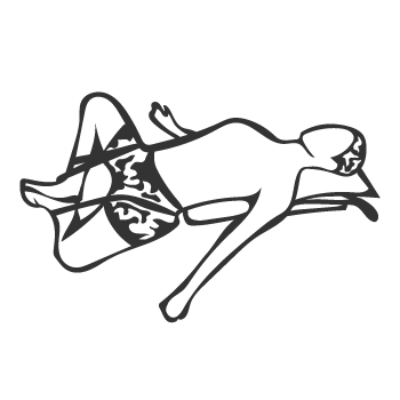
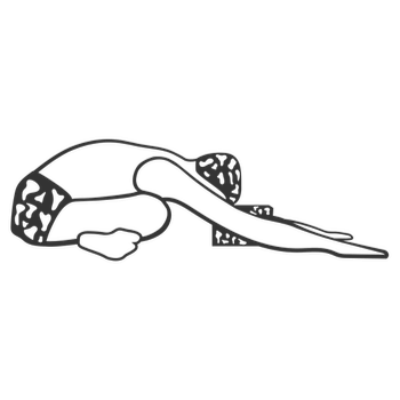
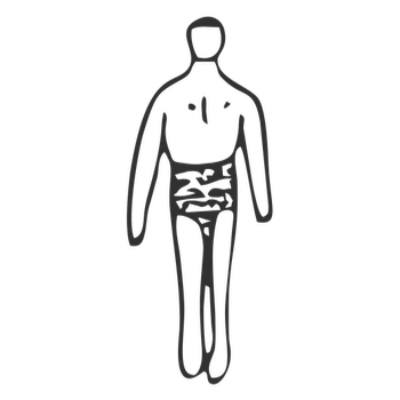
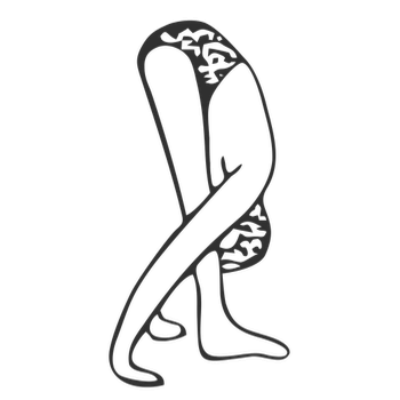
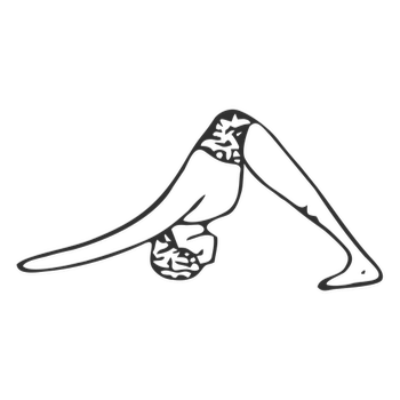
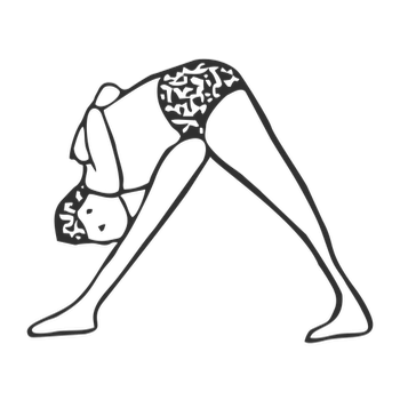
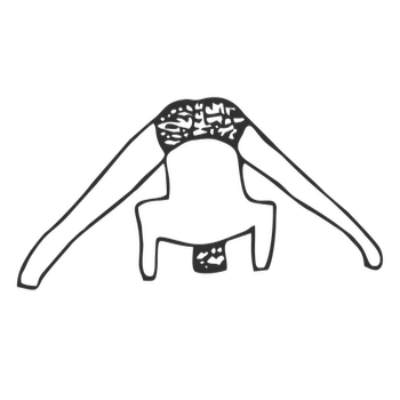
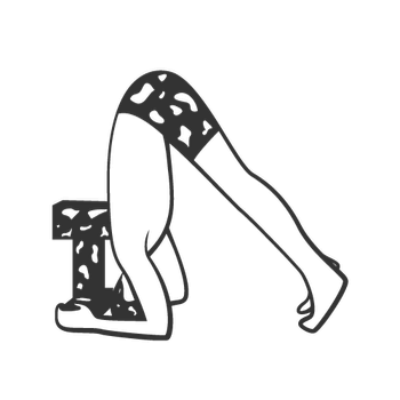
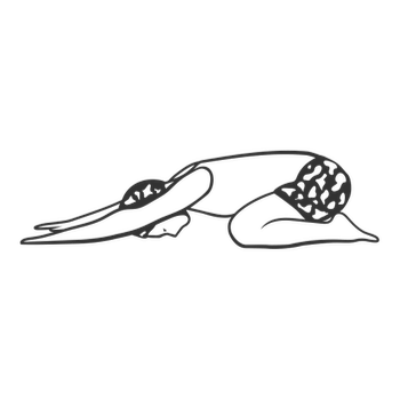
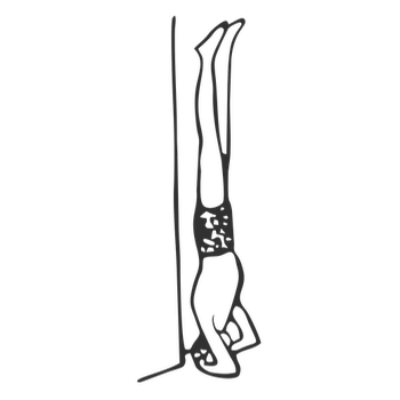

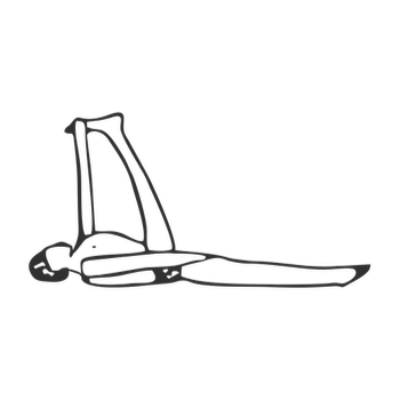
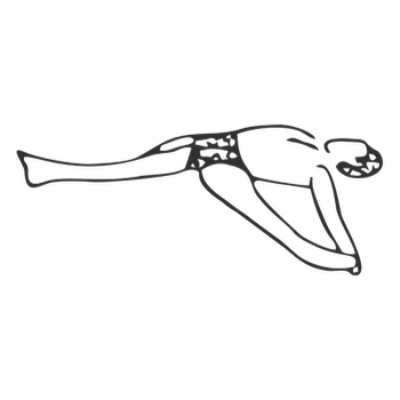
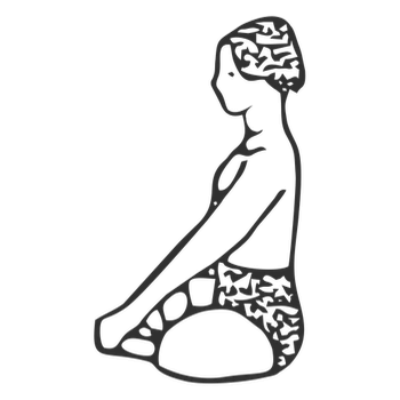
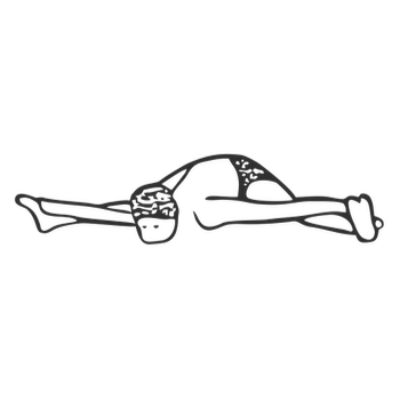
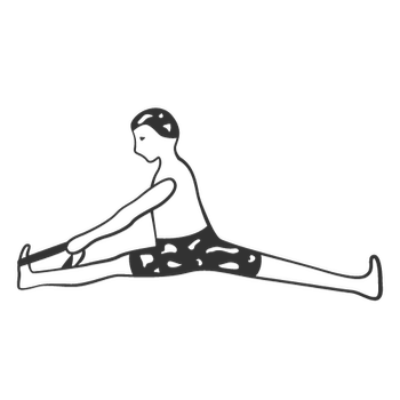
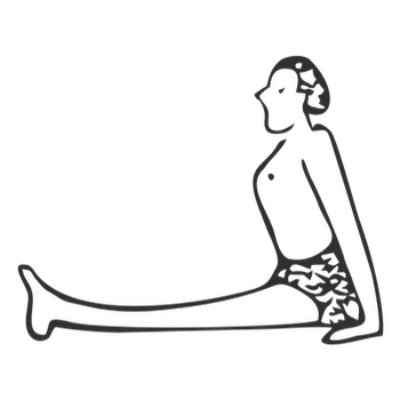

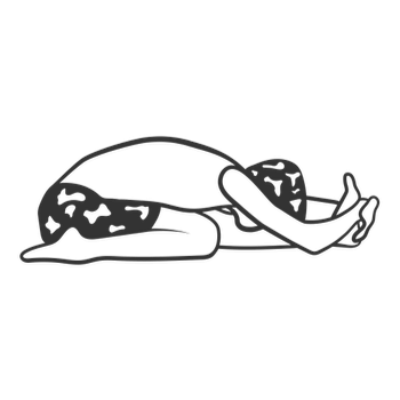
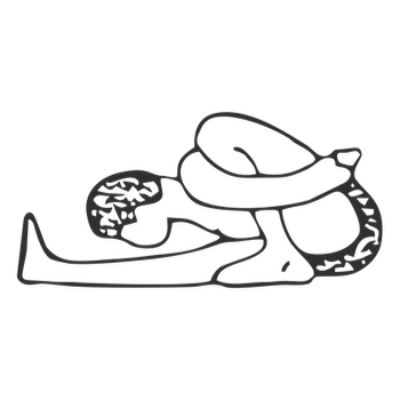
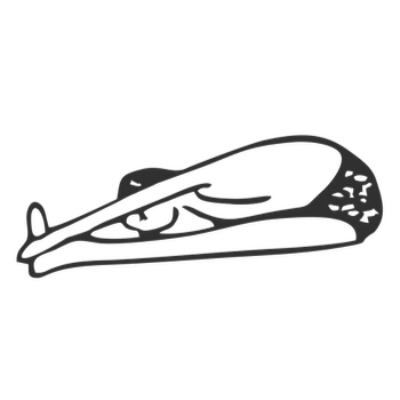
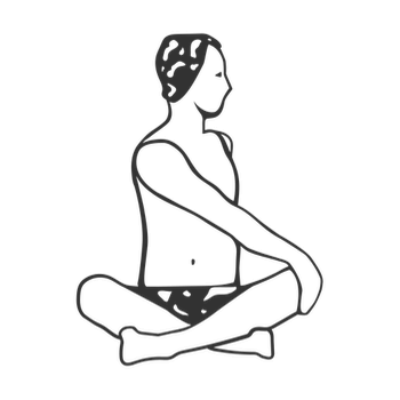
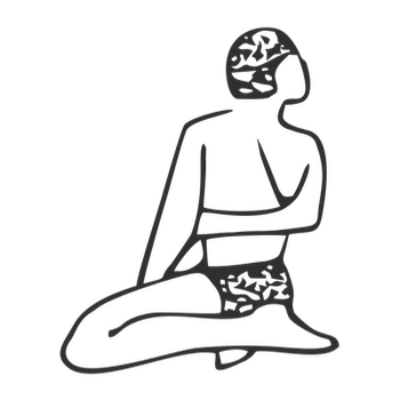
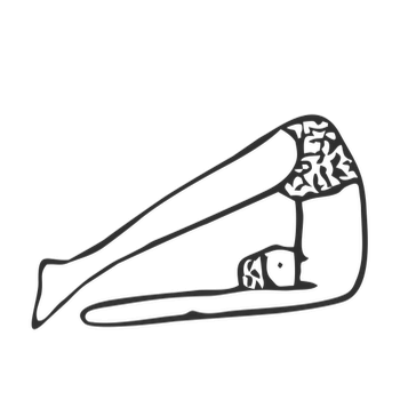
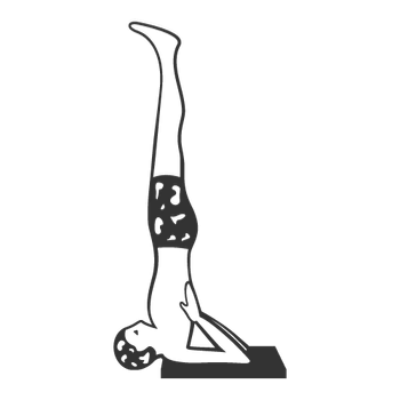
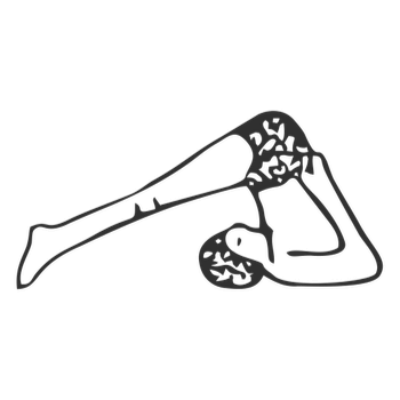
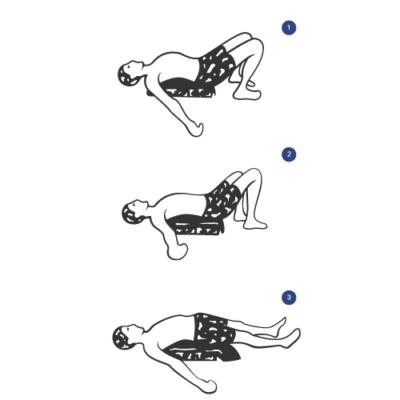

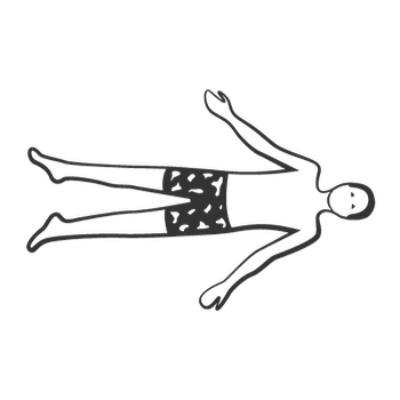
Share
Save PDF and print
You are welcome to download the PDF of the sequence and print and distribute it freely. You may have to wait up to 30 seconds for the PDF to generate. Please credit the teacher who created it. All illustrations from Dona Holleman’s ‘Yoga Darśana’, RIMYI Institute texts and Yoga Vastu illustrators for original asana drawings.
